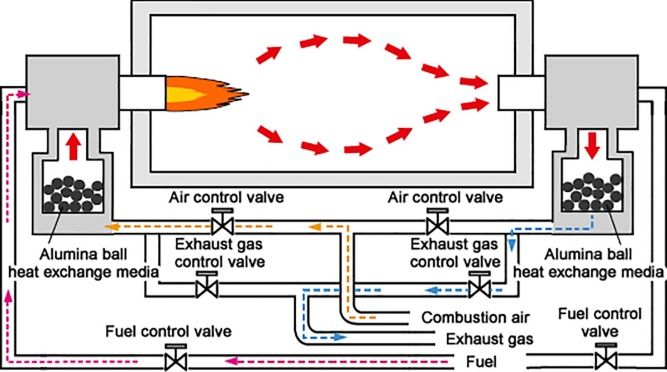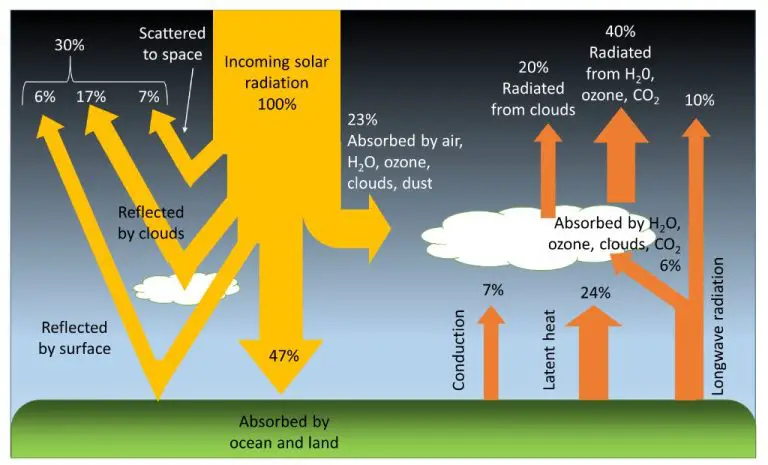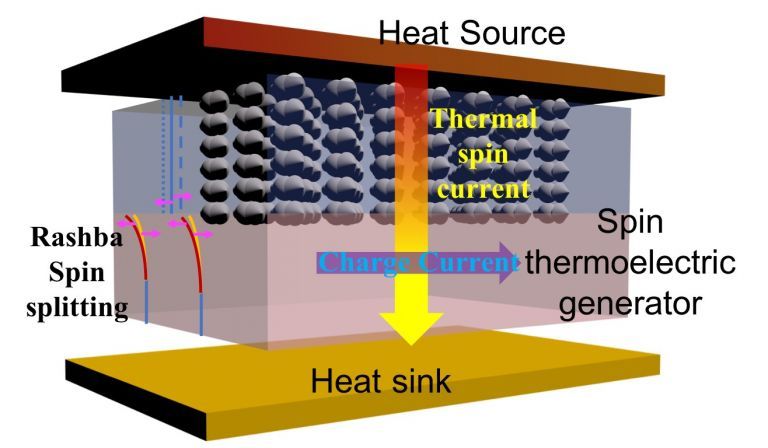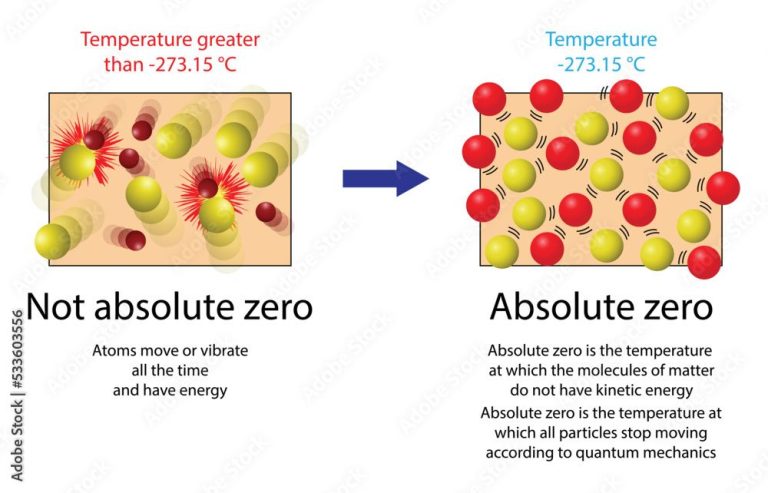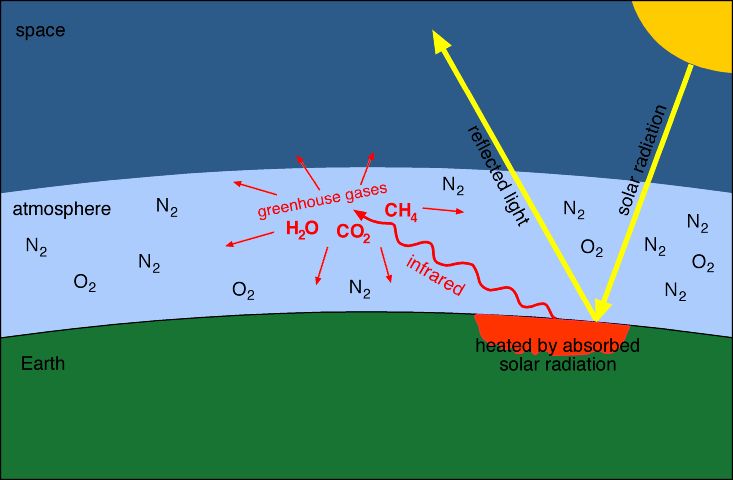How Is Thermal Energy Used Now?
Introduction
Thermal energy refers to energy arising from the random motion of molecules in a material or the movement of electrons in a conductor. It is the total kinetic and potential energy associated with the microscopic motions and relative positions of particles that make up an object. Thermal energy is present in varying amounts in all matter and can be transferred between objects through processes like conduction, convection, and radiation.
Today, thermal energy is widely used for essential applications like heating buildings, powering industrial processes, transportation, cooking, water heating, climate control systems, recreational uses, and medical therapies. It provides the energy that allows society to maintain comfortable living and working conditions and underpins many key sectors of the economy. With growing global energy demand, thermal energy remains crucial for modern civilization despite increasing focus on renewable energy sources.
Heating Buildings
Thermal energy is widely used for heating buildings, both residential homes and commercial spaces. In residential settings, the most common heating systems run on natural gas, fuel oil, or electricity to provide warmth during cold weather. Natural gas and fuel oil systems utilize a furnace or boiler to burn the fuel and use the resulting hot air or water to heat the home through vents or radiators. Electric heating systems use coils or strips that heat up when electricity passes through them. These electric heating elements are located throughout the home to directly provide warmth.
For larger commercial buildings, heating systems are more complex and industrial-scale. Steam boilers and hot water boilers powered by natural gas are common for office buildings, hospitals, schools and other large facilities. The steam or hot water is distributed via pipes throughout the building to provide heat. Some systems utilize cogeneration to simultaneously produce electricity along with thermal energy for heating, improving overall efficiency.
Industrial Processes
Thermal energy plays a critical role in industrial processes such as manufacturing, refining, and power generation. Heat is an essential part of transforming raw materials into finished products.
Manufacturing
Many manufacturing processes rely on the application of heat. For example, thermal energy is used for melting, drying, curing, or plasticizing materials during manufacturing. Common applications include metal production, glass making, production of plastics and rubbers, food processing, and ceramic firing.
Refining
Petroleum refining and chemical plants generate and consume large amounts of thermal energy. Refineries use heat for distillation, catalytic cracking, coking, reforming, and hydrotreating processes that produce fuels like gasoline, diesel, and jet fuel. Similarly, chemical plants apply heat for separation, purification, and chemical reaction processes.
Power Generation
The majority of electricity is generated by converting thermal energy into mechanical power and then into electrical energy. Fossil fuel, nuclear, solar thermal, geothermal, and biomass power plants rely on heat engines and generators. For example, burning coal heats water into steam which spins a turbine connected to a generator to produce electricity.
Transportation
Thermal energy powers various forms of transportation through internal combustion engines and electric vehicles. Internal combustion engines in cars, trucks, planes, and ships convert the chemical energy in fuel into thermal energy by burning the fuel inside an engine. This thermal energy produces motion to move the vehicle. Internal combustion engines have been the dominant technology in transportation for over a century but face challenges due to pollution and climate change.
Electric vehicles like electric cars, trains, and buses take stored electrical energy and convert it into thermal energy to power electric motors. The thermal energy spuns the motor to move the vehicle. Electric vehicles are growing in popularity due to being more energy efficient and not producing direct tailpipe emissions. Most electric vehicles are charged from electricity generated by power plants, so their environmental benefits depend on the energy source. As more electricity comes from renewable sources, electric vehicles will enable cleaner transportation powered by thermal energy.
Cooking
Cooking is one of the most common uses of thermal energy in households and restaurants worldwide. Thermal energy is essential for cooking food safely and properly.
Residential Cooking
In homes, thermal energy is used for cooking on stoves, in ovens, and in microwaves. Gas stoves use the thermal energy from burning natural gas to heat pots and pans. Electric stoves convert electrical energy into thermal heat that is transferred to cookware. Ovens also rely on thermal energy to bake, broil, and roast food. Microwaves use electromagnetic waves to generate thermal energy that cooks food from the inside out.
Commercial Cooking
Restaurants, cafeterias, and other food service operations also use a significant amount of thermal energy for cooking. Commercial kitchens have powerful gas or electric ovens and ranges as well as specialized equipment like broilers, griddles, steamers, and deep fryers. The scale of cooking required in commercial kitchens demands large amounts of thermal energy.
Water Heating
Water heating accounts for a significant portion of energy consumption in homes and businesses. There are several ways that thermal energy is used for water heating.
Residential Water Heating
In homes, water heaters typically use electricity or natural gas to heat water for bathing, washing dishes, laundry, and other domestic uses. Electric water heaters have heating elements that get hot when electricity passes through them. Gas water heaters burn natural gas or propane to heat a storage tank of water. Tankless water heaters heat water directly as it flows through the unit, allowing for more efficient heating.
Commercial Water Heating
Commercial buildings like hotels, hospitals, and office buildings require large quantities of hot water. Central boilers heat water using natural gas, oil, propane, or biomass fuels. This heated water is then distributed throughout the building to supply faucets, showers, kitchens, laundry facilities, and heating systems. Solar thermal systems can preheat water before it enters the central boiler to improve efficiency.
Climate Control
Climate control systems like heating, ventilation and air conditioning (HVAC) rely on thermal energy to heat and cool buildings. HVAC systems use electricity to power components like compressors, pumps and fans, but the heating and cooling effect comes from transferring thermal energy. For heating, a gas furnace or electric heater converts fuel into thermal energy which is distributed by blowing hot air through ductwork. Air conditioners remove heat using a refrigerant that absorbs thermal energy from indoor air and releases it outdoors.
Refrigeration is another major use of thermal energy in climate control. Refrigerators and freezers use a refrigeration cycle to remove heat from their interior, lowering the temperature. In most refrigerators, a compressor pumps refrigerant that absorbs heat from inside the unit. The refrigerant passes through a condenser coil, releasing the thermal energy outside of the refrigerator while condensing into a liquid. An expansion valve causes the refrigerant to expand and cool down, allowing it to absorb more heat when it evaporates back into a gas in the interior evaporator coils.
Recreational
Thermal energy is used in many recreational activities for heating water. Two major examples are pools and spas and saunas.
Heated pools and spas use natural gas or electricity to heat the water to a comfortable bathing temperature. The pumps and heating systems allow people to enjoy swimming or soaking even when air temperatures are cool. Thermal energy helps create a relaxing and rejuvenating experience.
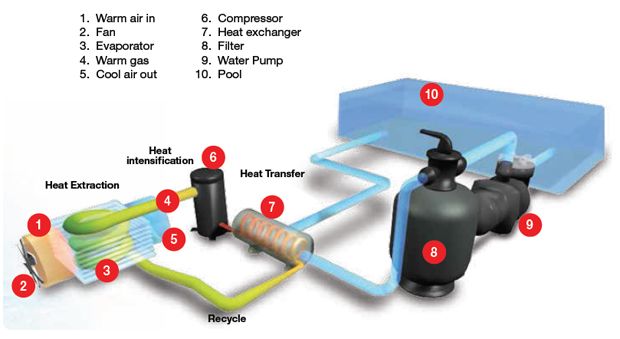
Saunas also rely on thermal energy, often from wood-burning stoves or electric heaters, to raise temperatures. The heat helps users sweat and provides mental and physical benefits. Saunas are popular across many cultures and require continual input of thermal energy to maintain high temperatures.
Without harnessing thermal energy, many recreational water and heat-based activities would be impossible. It allows these industries to thrive and people to enjoy hot tubs, heated pools, and saunas for recreation and relaxation.
Medical
Thermal energy has several important medical applications. One of the most vital is sterilization. Autoclaves use steam under pressure to sterilize medical equipment like scalpels, syringes, and implants. This ensures dangerous pathogens are eliminated before use in surgical procedures and other medical applications. Without proper sterilization, the risk of transmitting infections would be substantial.
Thermal energy is also used therapeutically in treatments like hydrotherapy and cryotherapy. Hydrotherapy involves immersion in warm water to promote relaxation, improve blood flow, and ease pain. Cryotherapy uses extremely cold temperatures for localized therapeutic effects. Both hot and cold therapy leverage thermal energy for healing benefits.
Future Outlook
The use of thermal energy is expected to continue evolving in the future as new technologies emerge and priorities shift. Here are some key trends, developments, and challenges that will shape the future of thermal energy utilization:
Trends:
- Increasing electrification and shift towards renewable energy sources like solar and geothermal.
- More efficient use of thermal energy through better insulation, heat recovery systems, and smart controls.
- Growing use of thermal energy storage to better match supply and demand.
Developments:
- Advances in heat pump technology enabling broader applications.
- New thermal energy storage materials and configurations.
- Improved district heating and cooling networks in cities.
Challenges:
- Transitioning from fossil fuel reliance in many applications.
- High upfront costs of some new thermal technologies.
- Integrating growing shares of variable renewable energy.
While there are hurdles to overcome, the future looks bright for smarter and more sustainable uses of thermal energy across our homes, workplaces, and cities.


